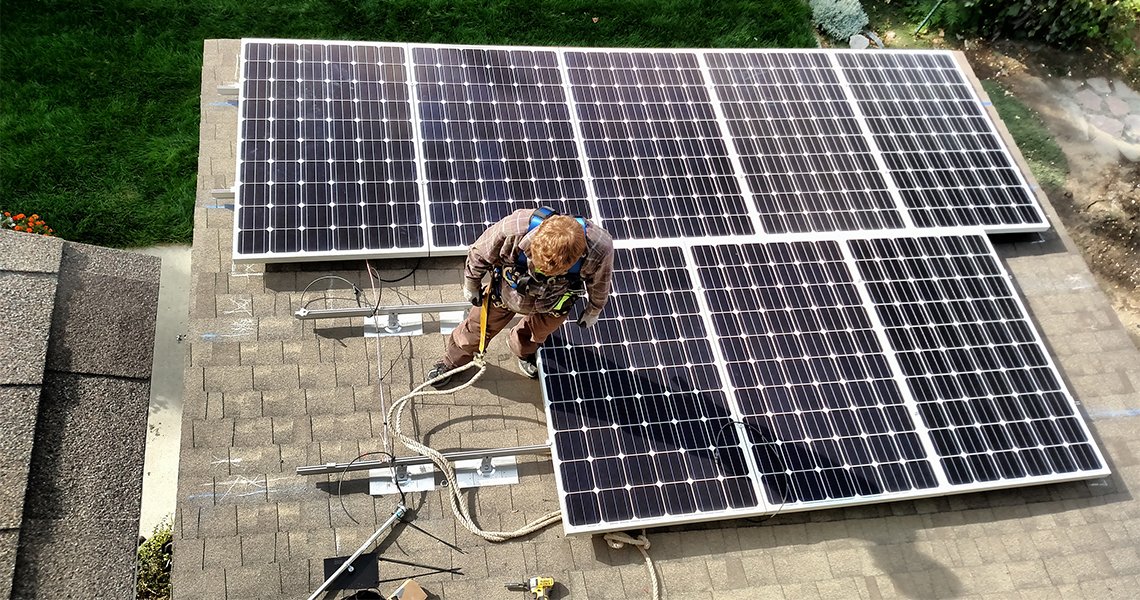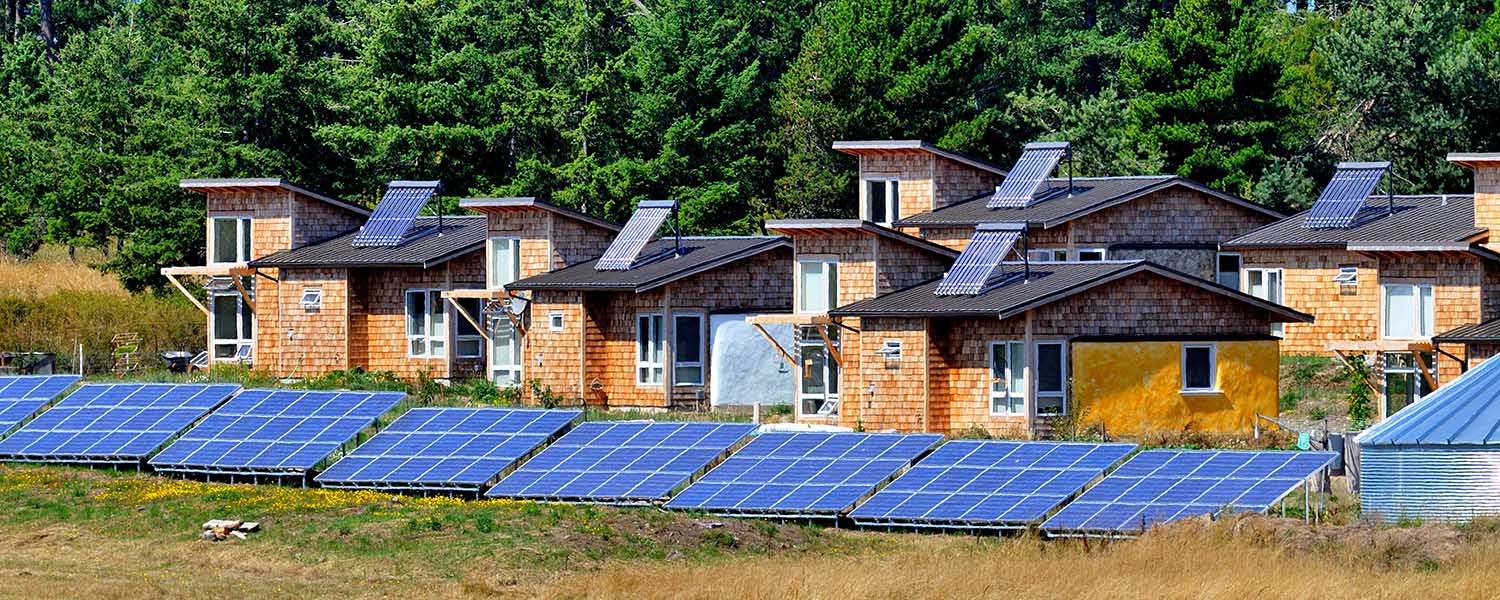Solar batteries, when connected to a home solar system, provide an attractive return on investment, increase the value of your property, and help the country take steps towards energy independence.
Installing a solar battery storage
solution provides the greatest benefit to homeowners who live in areas that experience
frequent power outages, where full-retail net metering isn’t offered, or where
battery incentives are available.
When solar panels are paired with a home battery, the
excess electricity goes into the battery instead of going to the grid. As a
result, when the sun goes down and your panels aren’t producing electricity
anymore, you can use the energy you have stored in your battery—instead of
paying for electricity from the utility.

Investment Opportunities in Battery Systems
Given local proposed
rate increases for utilities, solar PV systems and battery storage are
becoming a more economically viable option. The style of battery greatly
affects how the batteries are used and how long they last. Many factors contribute
to variability in battery life including temperature, proper discharge and
recharge, and optimal application usage.
Average
household batteries cost anywhere from $4000 for a small 4kWh battery up to
$15,000 or more for a large 13kWh battery depending on the type of battery,
installation location, backup power requirements, and type of inverter used. To
give some perspective, an average 3-bedroom home uses around 20kWh of
electricity per day. However, a lot of this energy is used during daylight
hours and could be directly powered by solar alone. Therefore, a moderately
sized 10kWh battery would generally be large enough to cover the evening and
overnight periods. However, every household is different, and usage patterns
can vary greatly. For those that are more energy conscious and use efficient
appliances, a smaller 6kWh battery may be suitable.
The
payback period or return on investment (ROI) for most battery systems is around
7–10 years. It’s generally more cost-effective to install rooftop solar and run
efficient appliances or heat hot water during the day rather than store excess
energy in a battery. However, for some people, the value and security of having
a reliable, sustainable power supply easily outweighs the cost.
The
high cost of clearing trees, creating access roads, and building power poles
can be prohibitive to getting power in remote locations. After recent grid
events in Texas and California, the value of battery backup is harder to
ignore. In states like Hawaii, residents are even required to store energy
because there are restrictions in place that do not allow for the export of
excess solar power to the grid.
Incentives
and Financial Assistance for Washington State
Congress extended the federal solar tax credit (known as
the ITC) for an additional two years. This means that you’ll receive a tax
credit of 26% of your system’s cost in 2021 and 2022 and 22% in 2023. If the full value is not used
within one year, the remainder will roll into the next year. Federal tax
incentives can also be extended to home battery storage systems.
The 100% Clean Electricity Act passed in 2019 by the
Washington State Legislature removes the sales tax for most typical residential
solar energy systems and offers some sales tax relief for larger commercial
scale systems. For the average customer, that means you save around 10 percent
right off the bat.
In addition, the Rural
Energy for America Program (REAP) provides grants and loans to farmers and
rural businesses to help them purchase renewable energy systems and make energy
efficiency improvements by paying up to 25 percent of the project. To see all available renewable energy incentives available in your zip code please visit the Database of State Incentives for Renewables & Efficiency (DSIRE).
Leading Solar Energy Storage Batteries
Solar energy storage options have been rapidly evolving
and improving over the last decade and are no longer limited to large,
inefficient, and unattractive nickel-iron storage systems. Now sleek,
sophisticated, high performing, and long-lasting storage options are readily
available. Examples are listed below with typical prices (2021 retail prices).
Tesla
Since 2015, Tesla has been at the front of the pack in
the production of dependable residential solar batteries. Their flagship model,
the Tesla Powerwall, is pegged by
critics to be the best in the range. The Powerwall is a stackable solar battery
that has a capacity of 13.5 kWh and is enough for the average home’s energy
needs. Tesla has developed its lithium-ion battery in partnership with
Panasonic, and the resulting product is believed to be of very high quality.
The cost of one battery unit is around $10,100.
LG
LG is one of Tesla’s main rivals in the solar battery
market. It has a battery model called the LG Chem solar battery system. At
9.3 kWh, the LG Chem is a decent solar battery that should be able to power a
home that does not have massive power-consuming machines. It is best suited for
homes that are connected to a power utility grid. Including installation charges,
the LG solar battery can cost between $11,000 and $13,000.
Sonnen
Sonnen is a fast-growing German company founded in 2010.
It has a share in the European and American markets through a network of agents
and installers. Sonnen’s Eco battery core unit has a small capacity of 4 kWh but can be stacked to 16 kWh. Smart
software within the battery system stores data relating to your home’s energy
needs. It then uses the information to provide you with a genuinely futuristic
solar experience. With pre-installation costs of $9000, the Sonnen Eco is an
expensive solar battery. However, each battery comes with a warranty of
functioning at 70% of optimum levels for ten years, which is higher than that
of competitors.
The following table shows other leading solar storage
energy batteries currently available on the market:
A&R Solar, a
local solar installation company, explains that in addition to achieving energy
independence and reducing your carbon footprint, solar is a wise investment
with positive financial returns. A&R Solar recommends roof-top mounted grid
tied solar coupled with a double Tesla Power Wall system for a typical
single-family home.
The following are price estimates for a typical single-family home provided by A&R Solar using their recommended Tesla Power Wall or SolarEdge Energy Hub systems:
Achieving Total Energy Independence and Resiliency
Solar PV plus batteries boosts a home’s resiliency to power outages where
gird electricity may be off for a few hours or for several days. The battery
provides the means to avoid the use of fossil fuel burning generators to power
the home in the event of an outage. In addition, unlike generators, solar
panels and battery storage systems don’t create noise and air pollution that
will bother you or your neighbors. This is a unique benefit and is a great way
for anyone who currently has a generator to update their system.
Learn more
about how A&R Solar provides solar and storage to build a homes resiliency
during an outage:
Batteries
can be used to store solar energy and then allow the owner to utilize battery
power at night or anytime to reduce the purchase of highest cost of peak power.
Utilities often charge the highest per kWh rate for electricity used during the
peak time of day or season. Battery power can also be used to keep the
building’s total grid energy usage low over time to ensure the customer is
paying for the lowest price in a tiered rate structure.
In a remote
location, or any location that doesn’t have an electrical grid, the combination
of solar PV and batteries can supply reliable ongoing electricity to power typical
household functions. Unlike grid-tied solar systems, off-grid systems have no
connection to the utility grid and must make all the electricity necessary to
power the home.

Credit: Lopez Community Land Trust
The Path to Community Microgrids
To meet climate action goals, many large utilities are looking to generate more
electric power through solar and wind. Currently there are challenges with
large scale utility storage and energy transmission. Microgrids have been shown
to alleviate these challenges through functioning like a smaller version of a
larger traditional electrical grid powered by solar with battery storage
systems. With the increased cost of traditional grid power generated from
fossil fuels, many microgrids are switching to a combination of solar and battery
storage to supply electricity that is cost effective and has environmental
benefits.
They provide
opportunities for optimal solar placement and scalability, as they do not need
to be placed on home roofs—they can be installed on parking garages, open
fields, etc.—reducing roof penetrations and complexity during roof repairs and
replacements. Microgrids also achieve resiliency by islanding from the central
grid during an outage. Community microgrids represent a new approach for
designing and operating the electric grid that achieves a more sustainable,
secure, and cost-effective energy system while providing indefinite,
renewables-driven backup power for prioritized loads.
Further Reading:
Backup
& Storage. Solar Washington.
Webinar
Presentation: Battery Based Systems: Design Considerations for Washington Solar. Solar Washington.
Home
Solar Battery Systems - Comparison and Costs. Clean Energy Reviews.
Solar
Integration: Solar Energy and Storage Basics. Office
of Energy Efficiency & Renewable Energy.
Fact Sheet | Energy
Storage (2019). Environmental and Energy Study
Institute.